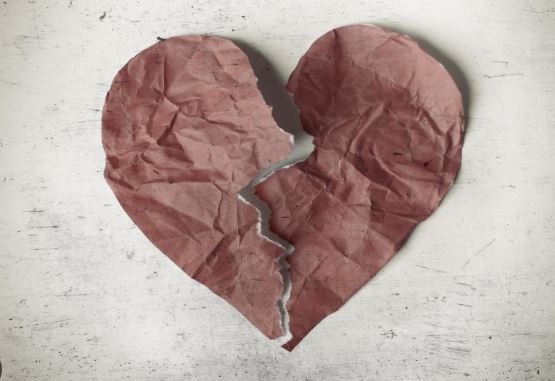The Safety of Football
January 20, 2023
While baseball is known to be the American pastime, many argue American Football is by far the most popular sport in the United States, and it has been this way since the early 1970’s. From the high school to professional level, captivated people across America.
Bringing a few hours of action-packed legal violence, with well-rounded rules, many believe the game couldn’t get any better. Others beg to differ.
On January 3rd, 2023. The National Football Leagues Cincinnati Bengals, and Buffalo Bills were set to play a primetime football game with serious playoff implications. It was the Highest viewed game of the season with an astounding 23.8 million watching across the world. About halfway through the first quarter, Bills safety Damar Hamlin came up to make a tackle on Tee Higgins.
After getting up from what seemed to be a normal hit Damar then suddenly collapsed. Millions of people watched a man die, for a short period of time, on national television. Despite the fact that paramedics and other medical professionals on scene at the time were able to resuscitate Damar, the trauma experienced by the players on the field as well as those in the stadium and at home watching is still in their consciousness.
Now weeks later, Damar has gotten much better, and has been strong and enthusiastic over social media claiming “My Heart is with my guys as they compete today!” and “The Same love you all have shown me is the same love that I plan to put back into the world n more.” Which has put some ease to the situation, but it’s something that will not, and should not be forgotten.
This event raises the question, once again but with a much finer point, of the safety of the game. Although the frequency of injuries has declined over the years, the severity of the injuries has not been determined and the long-term effects of these injuries won’t be for years or decades.
Although the graph above by the NFL, shows a steady decrease in concussions is starting to happen. Being one of the scarier football injuries that are quite common, these violent blows to the head are the major downside to the sport. Causing severe brain damage years later, it’s sometimes tough to know when to stop.
Deceased players, such as Ken Stabler, Aaron Hernandez, Ray Easterling, Junior Seau, and John Mackey. Have all been confirmed to have had different stages of CTE after their careers. “Chronic traumatic encephalopathy (CTE) is a brain condition thought to be linked to repeated head injuries and blows to the head. It slowly gets worse over time and leads to dementia, but the right help and support can manage the symptoms.” (nhs.uk)
CTE news has led to speculation, and early retirement. As players now must look at their futures and know when to stop. Long time Carolina Panther linebacker, Luke Kuechly, went with the early retirement route. Kuechly was a standout player, winning rookie of the year in 2013, and defensive player of the year in 2014. But his fantasy of a career came to an end when he suffered 3 concussions in 3 seasons. On January 14, 2020, he retired due to injuries.
“There’s only one way to play this game, since I was a little kid, is to play fast and play physical and play strong. At this point, I’m not sure if I’m able to do that anymore. That’s the part that is most difficult. I still want to play, but I don’t think it’s the right decision.” said Kuechly as he gave up the game he loved.
Kuechly makes a claim that maybe needs to be challenged. Maybe there are other ways to play this game that don’t lead to the same level of Injury. Highschool and collage, despite having more players, have less traumatic injury per player. At the very least we should not be satisfied with the status quo. These players give it their all to entertain us, they deserve us giving our all to protect them.











Graham Hohman • Mar 22, 2023 at 5:25 pm
This is a great article!